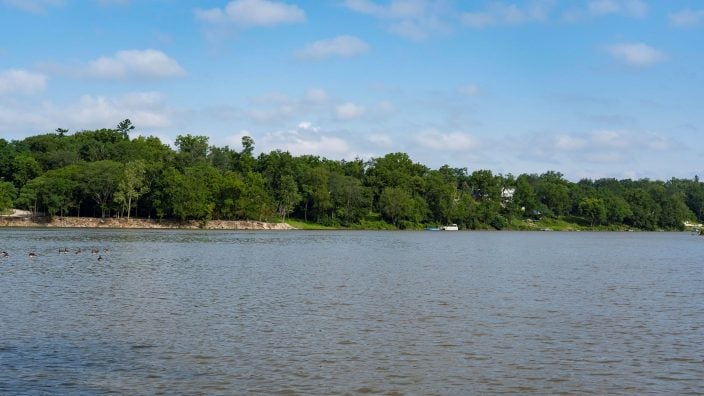Ohio Farm Bureau Podcast: OACI Scioto Watershed Assessment Report
In this Ohio Farm Bureau Podcast, key findings of the latest Ohio Agriculture Conservation Initiative Assessment Report are unveiled.
Read MoreThe plan establishes a total maximum daily load for phosphorus for the Maumee River Watershed.
U.S. Environmental Protection Agency approved Ohio’s TMDL plan to reduce the amount of phosphorus flowing from the Maumee River into Lake Erie’s western basin. The plan establishes a total maximum daily load for phosphorus for the Maumee River Watershed, with the aim to protect water quality in the western basin and support important uses like drinking water and recreation.
“Ohio Farm Bureau has never believed that a TMDL is the right path for implementing timely, effective solutions for environmental challenges,” said Jack Irvin, vice president of public policy for Ohio Farm Bureau. “For decades, row crop farmers and livestock producers, their organizations and government agencies have collaborated to find more appropriate, practical solutions for clean water throughout Ohio. The results of those efforts, including the H2Ohio initiative and farmers’ participation in federal, state and private conservation programs, have been acknowledged by EPA through this TMDL, which should send a clear message that we are on the right track to ensuring a higher level of water quality for all Ohioans.”
From the onset of the development process, Ohio Farm Bureau has been heavily involved, providing comments as early drafts were released and throughout the public comment process.
Although the organization didn’t support a TMDL, the final plan also has drawn the ire of anti-agriculture groups.
“The fact that Ohio agriculture is making progress on the water quality front is simply difficult to comprehend for those who argue farmers aren’t doing anything to improve nutrient management,” Irvin said. “With their main argument being depleted, there is sure to be some pushback as the TMDL moves forward.”
As pledged by Regional Administrator Debra Shore, EPA will employ the following additional tools:
EPA’s decision and supporting documentation are available online.

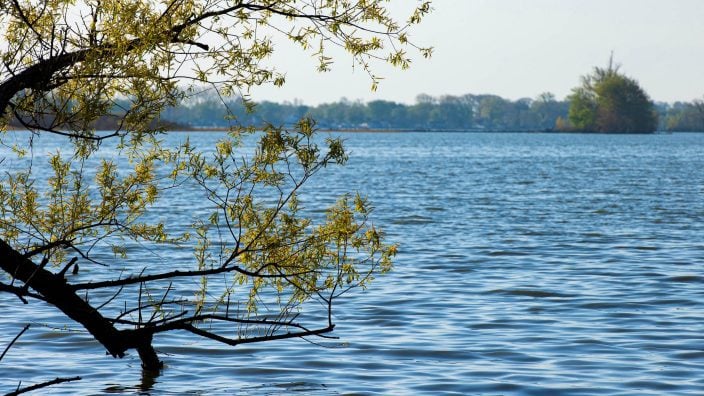
In this Ohio Farm Bureau Podcast, key findings of the latest Ohio Agriculture Conservation Initiative Assessment Report are unveiled.
Read More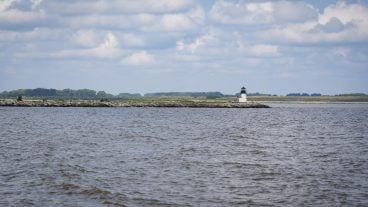

A group of 11 ag coalition partners, including Ohio Farm Bureau, has its own counsel and will be advocating, accurately representing agriculture and what is actually happening in Ohio in terms of water quality.
Read More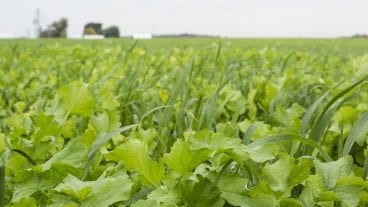
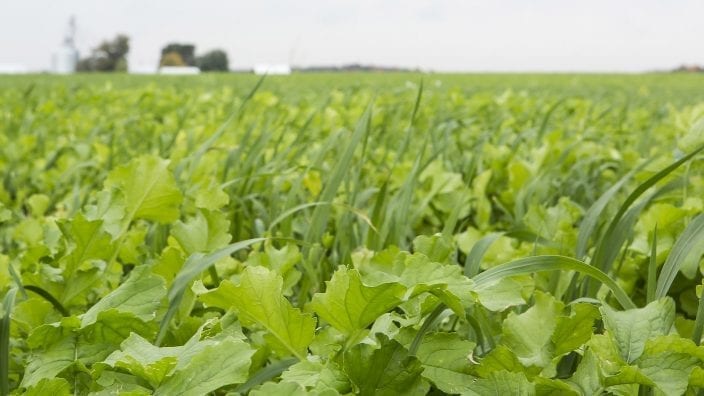
With this action, the agricultural organizations are rising to the defense of Ohio farmers, who have long been a legal target of the ELPC, an anti-agriculture activist group.
Read More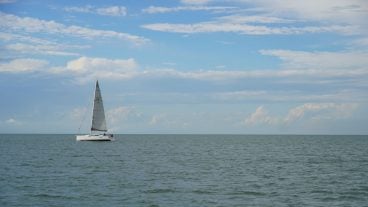

This year marks the 10 year anniversary of the Toledo water crisis. Here is a Top 10 list of water quality stories that shine a light on the progress Ohio’s agriculture community is making.
Read More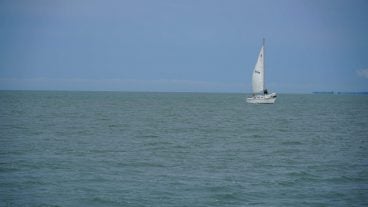
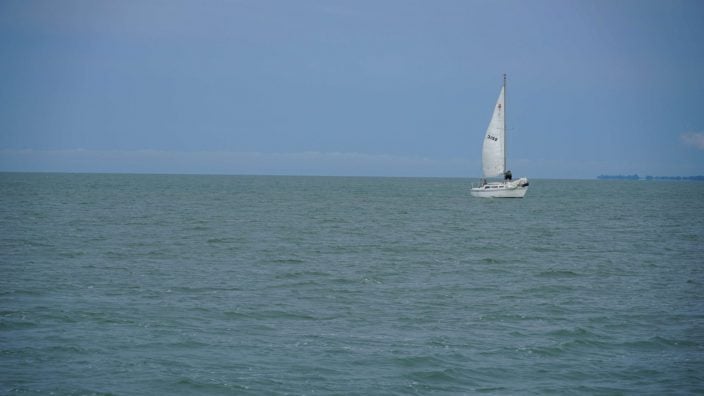
Learn about farmers’ best management efforts for water quality and hear from a Lake Erie charter captain about what he is seeing on the lake when it comes to algal blooms and the fishing industry.
Read More

The mainly wet weather pattern in early spring caused the flow of water systems within the Western Lake Erie Basin to be above normal, creating what is considered a ‘mildly severe’ algal bloom forecast by NOAA.
Read More

The report showcases the impacts being made by Ohio farmers who are taking measures to ensure clean water through voluntary efforts that are being done on a large scale with measurable results.
Read More

The Ohio Farm Bureau Health Benefits Plan has been updated to give sole proprietors access to more rate stability and a smart solution that offers potential savings on health care.
Read More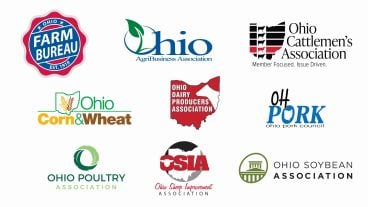

An op-ed was submitted to the Toledo Blade by Ohio Farm Bureau Executive Vice President Adam Sharp and multiple Ohio agriculture leaders in response to several recent attacks on Ohio agriculture.
Read More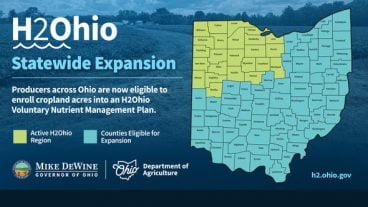

ODA will enroll 500,000 acres into the program during a sign-up period ending Friday, May 31, 2024. Contact local SWCD offices to apply.
Read More